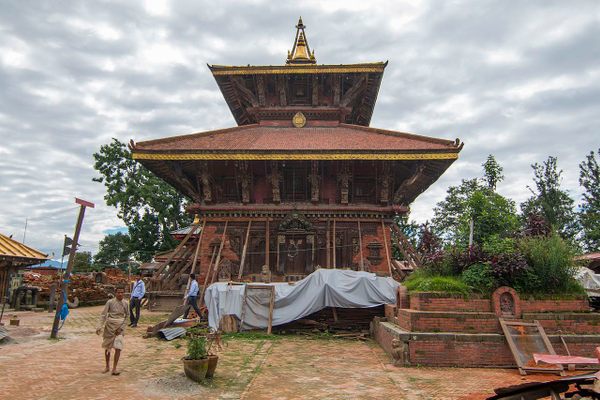Yazidism is a small monotheistic faith that shares similarities with other religions that originated in the Middle East—namely Judaism, Christianity, and Islam—as well as elements of Zoroastrianism and of the worship of nature. Most Yazidis live in the Nineveh province of Northern Iraq, and this is also where the Lalish temple is located, the most sacred site in the Yazidi faith.
The village of Lalish dates back thousands of years, and it is believed the temple was first used by the ancient Sumerians and other early Mesopotamian civilizations. Most Yazidi followers make a pilgrimage to the small mountain village at least once in their lives.
The conical-roofed shrine is believed to contain the tomb of Sheikh Adi ibn Musafir, the religion’s chief saint. Today, the village is not inhabited; only the head figure in the Yazidi faith, the Emir, lives there. There are, however, a large number of houses in the ancient village, which are left unlocked and available to pilgrims.
Yazidis believe in one God, who brought the world into being and then handed it over to the care of seven angels. The most important of the angels is Melek Taus, the “peacock angel,” who is venerated in the form of the beautiful-feathered bird. The symbol of a peacock is found throughout Lalish, as well as symbols of the shining Sun, representing the Light of God, and the black serpent, the origin of which is shrouded in mystery.
Adherents of the Yazidi faith appeared on the global stage in 2014 when they began to be targeted by ISIL as a religious minority. The genocide caused many Yazidis to be forced to leave their ancestral lands in Northern Iraq.
Know Before You Go
Remember to take off your shoes before entering the village. Everyone walks around the village barefoot.























Follow us on Twitter to get the latest on the world's hidden wonders.
Like us on Facebook to get the latest on the world's hidden wonders.
Follow us on Twitter Like us on Facebook